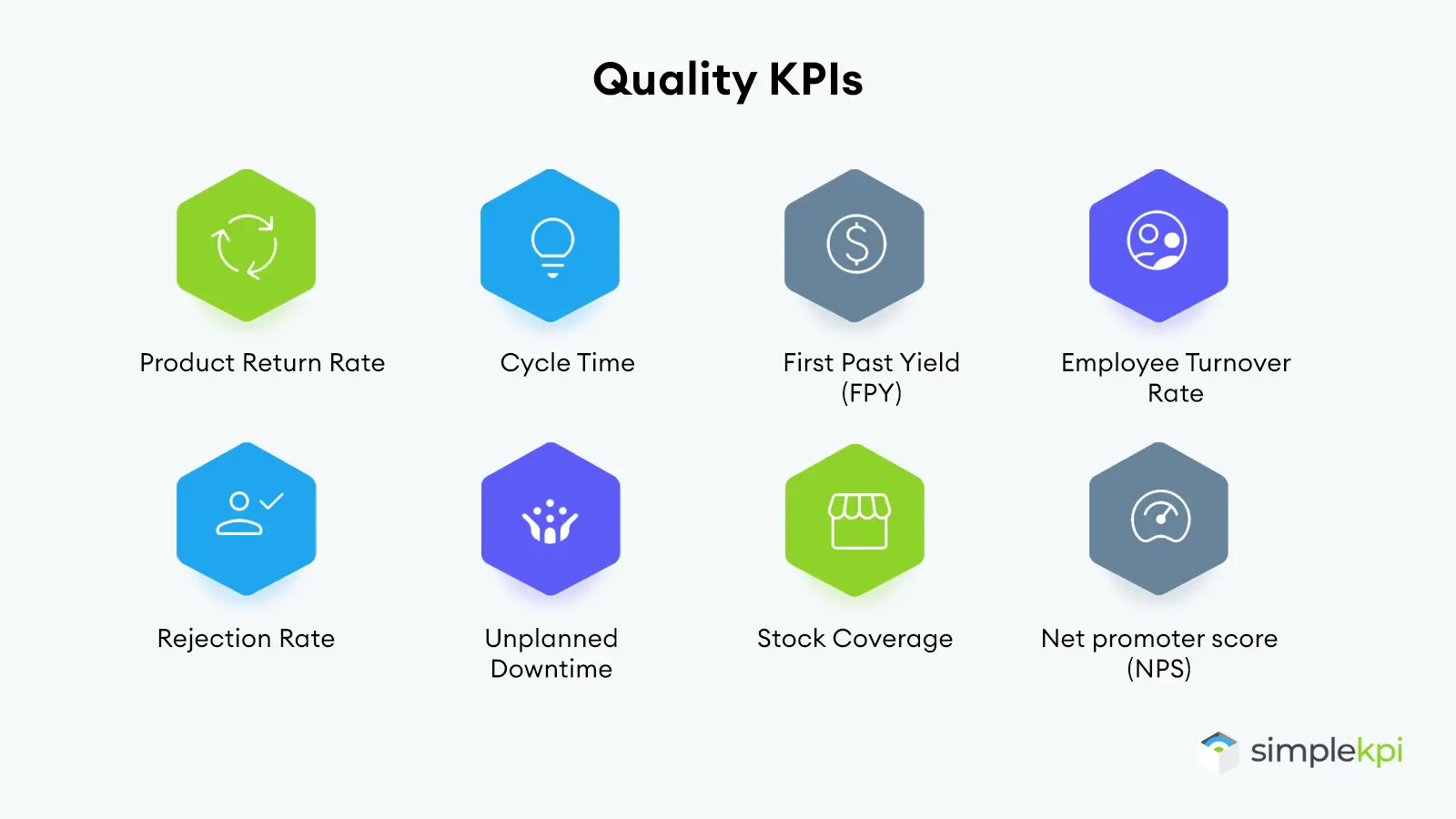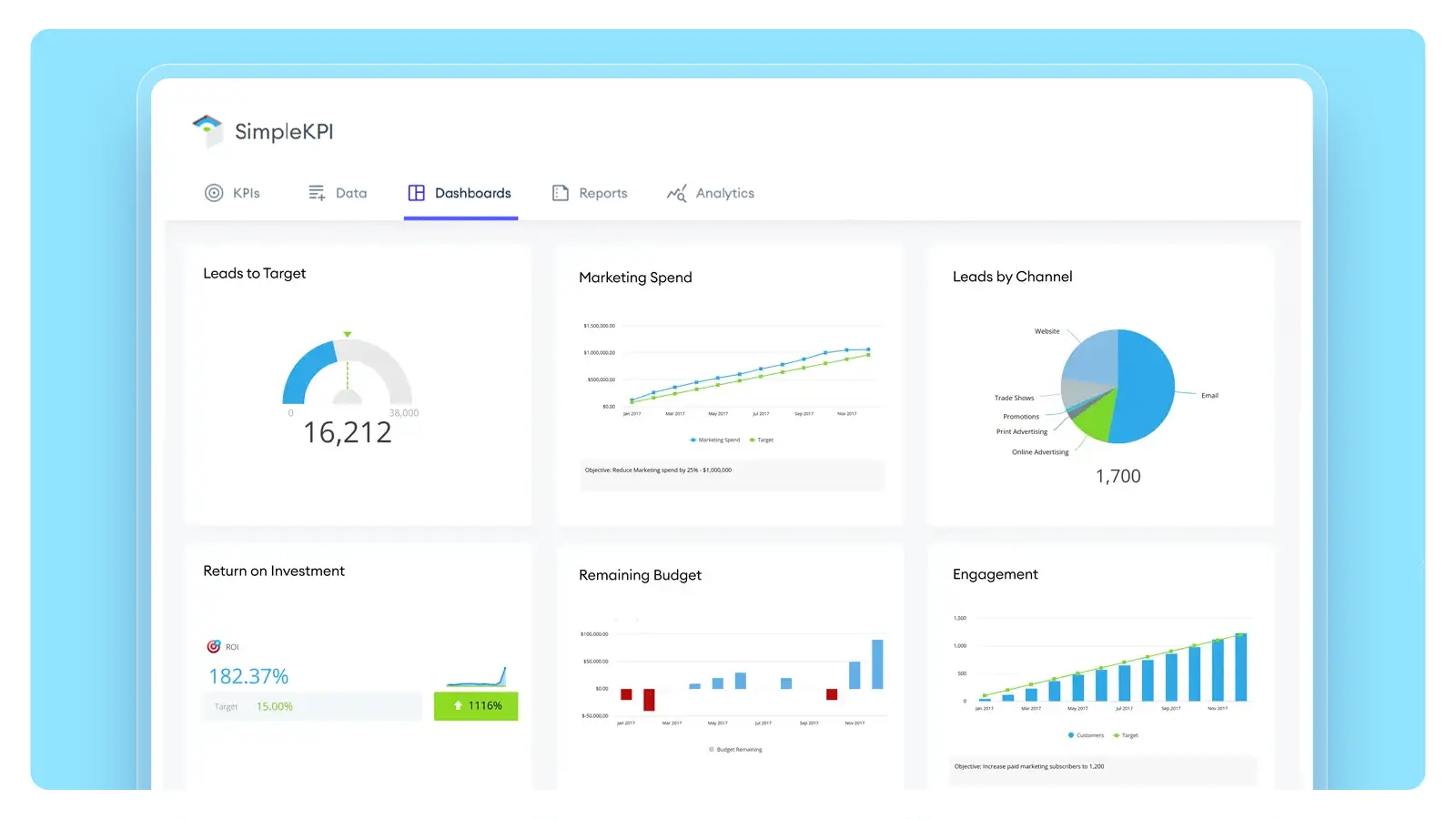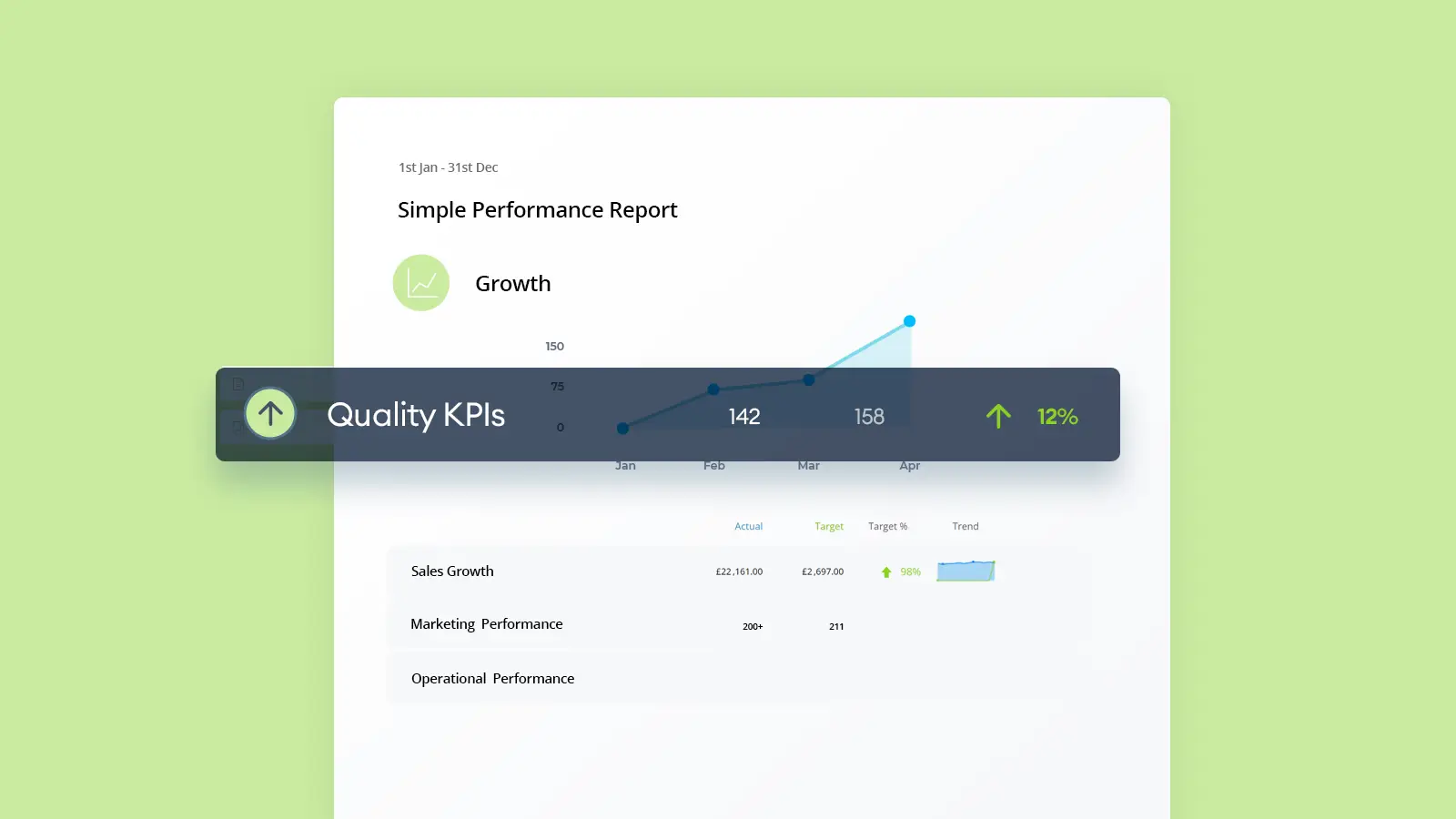A rare indulgence
I have a rare vice for a delicious, medium-rare steak with roasted vegetables, assorted sides, a fresh salad, and a touch of sour cream that sends my serotonin levels soaring.
While my vegetarian friends might disagree, sometimes less is not more when indulging in prime ribeye.
Many assume that data is factual, straightforward, devoid of emotion, and a world apart from my mouthwatering delight. However, this assumption misses the mark. The realm of data is not exempt from human emotion, bias, and excitement, traits that routinely cloud our judgment.
We can be so consumed by enthusiasm—a force that, despite its positive intentions, fosters a reluctance to heed advice and can lead us off course. I know, of course, that steak isn’t the healthiest option.
This also holds for Key Performance Indicators (KPIs); such passion for uncovering insights can prompt the belief that every facet should be meticulously tracked with a KPI. However, in attempting to quantify everything, we quantify nothing of substance.
Therefore, the challenge is to strike the right balance and create truly useful KPIs without going to excess.
Here are five compelling advantages of ditching a whole load of your KPIs:
The Power of Focus
Focus is pivotal. By limiting KPIs, an organization can channel its resources away from hours of data analysis to doing the day job.
This select number of KPIs ensures that teams avoid data overload, which can often lead to analysis paralysis. Instead, it encourages a culture of prioritization, where the most impactful business areas are given the attention they deserve.
This approach triggers a more agile and responsive decision-making process. Teams can quickly assess performance against these key metrics and adjust strategies accordingly.
A focused set of KPIs acts as a compass for the organization, guiding it far more smoothly toward goals with precision and clarity. This leads to more effective decision-making and a more vital, cohesive strategic direction.
Quality Over Quantity
That’s right. Not all KPIs are created equal. The essence of KPI efficacy lies in quality over quantity.

High-Quality KPI:
Customer Lifetime Value (CLV): This qualitative KPI measures the total revenue a business can expect from a single customer account throughout the relationship with the company. It reflects customer satisfaction, retention, and the long-term financial contribution of customers, making it a powerful indicator of business health and growth potential.
Low-Quality KPI:
Number of Emails Sent: While communication is essential, merely tracking the volume of emails sent does not provide insight into their effectiveness or the outcomes they produce. This KPI needs more depth to measure the impact on business objectives, such as customer engagement or conversion rates.
A high-quality KPI should directly relate to the strategic goals. A low-quality KPI may be easy to measure but doesn’t necessarily align with the core objectives.
Choosing a few high-quality KPIs guarantees that each is essential and directly relevant to the objectives.
Ease of Communication
Having fewer KPIs makes it easier for teams and stakeholders to communicate.
Instead of pouring over tons of metrics and data points – fewer KPIs remove ambiguity – and are easy to comprehend and recall.

It also reduces the time it takes to discuss and comprehend performance reports. With a limited set of KPIs, meetings can sometimes be eliminated in favour of a simple KPI Dashboard that team members can reference when needed.
Increased Accountability
With fewer KPIs, it’s easier to know who oversees or is directly responsible for each one. This helps everyone better understand their responsibilities, leading to a stronger sense of duty and motivation within the team.
Moreover, it fosters a sense of personal investment and pride in their work, as they can see the direct impact of their actions on the company’s success.
This approach also helps set clear expectations and facilitates performance tracking. When individuals know exactly which KPIs they are accountable for, they are more likely to invest the necessary effort to influence those metrics positively.
Streamlined Analysis and Reporting.
Having fewer KPIs can make the analysis and KPI reporting process much more efficient. It saves time and resources because there’s less data to process. This means teams can get to the critical insights faster and make decisions faster without getting bogged down by too much information.

With fewer KPIs, reports become more straightforward and impactful. They can be digested and understood rapidly by all organization members, from executives to front-line employees.
This efficiency in communication means that insights are faster to obtain and more likely to be used effectively.
Wrapping up
Embracing a minimalist approach to Key Performance Indicators (KPIs) can reap significant benefits. By honing in on the power of focus, companies can channel their efforts into the most impactful areas, ensuring that every action taken is purposeful and aligned with core objectives.
The principle of quality over quantity further reinforces this, as a smaller set of KPIs allows for a deeper understanding and improvement of critical performance areas.
Moreover, ease of communication is greatly facilitated when teams are not overwhelmed by excess metrics. This clarity leads to increased accountability, as individuals can see their influence on the company’s success and are likelier to take ownership of their contributions.
Lastly, a streamlined set of KPIs simplifies analysis and reporting, making it easier to track progress, identify trends, and make data-driven decisions.

by Stuart Kinsey
Stuart Kinsey writes on Key Performance Indicators, Dashboards, Marketing, and Business Strategy. He is a co-founder of SimpleKPI and has worked in creative and analytical services for over 25 years. He believes embracing KPIs and visualizing performance is essential for any organization to thrive and grow.
